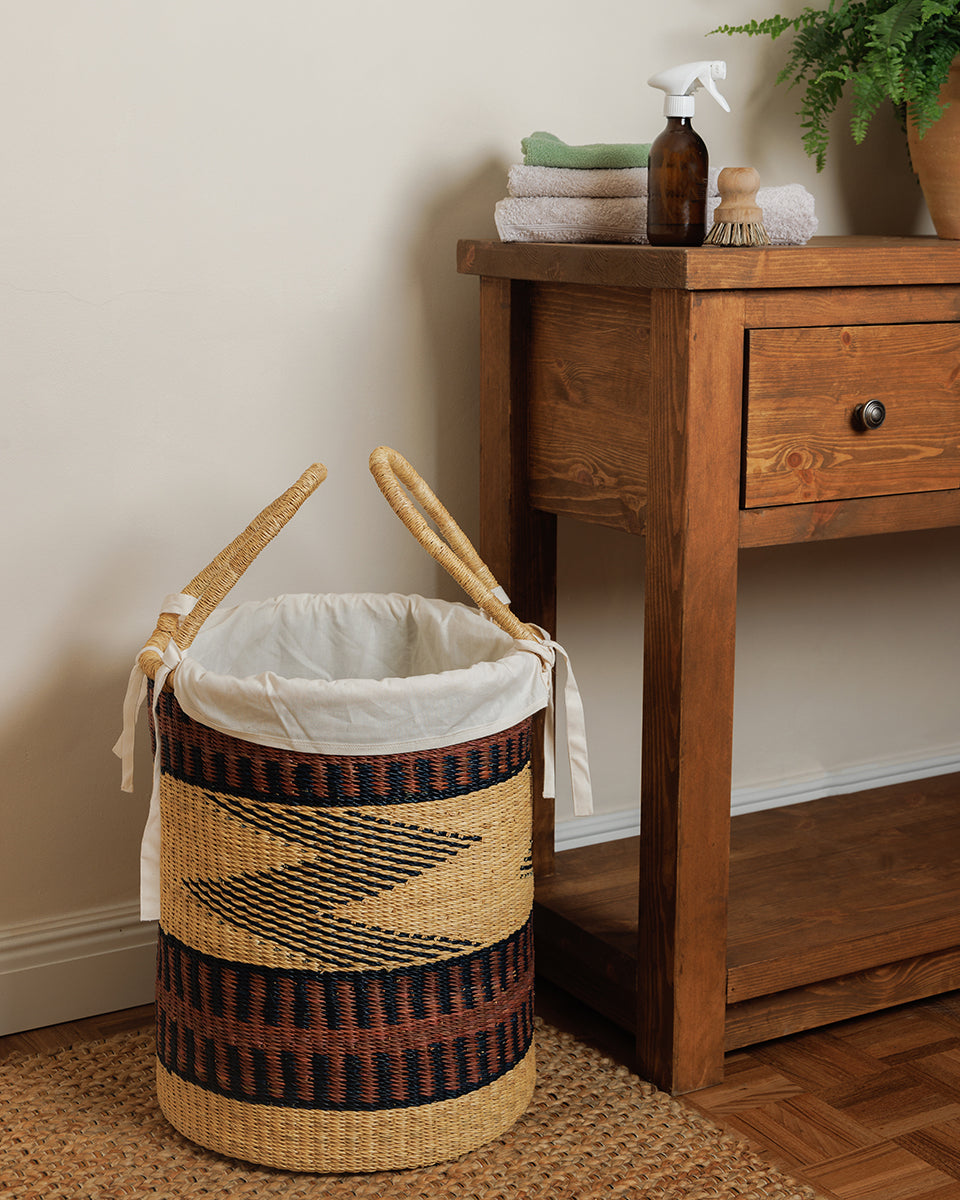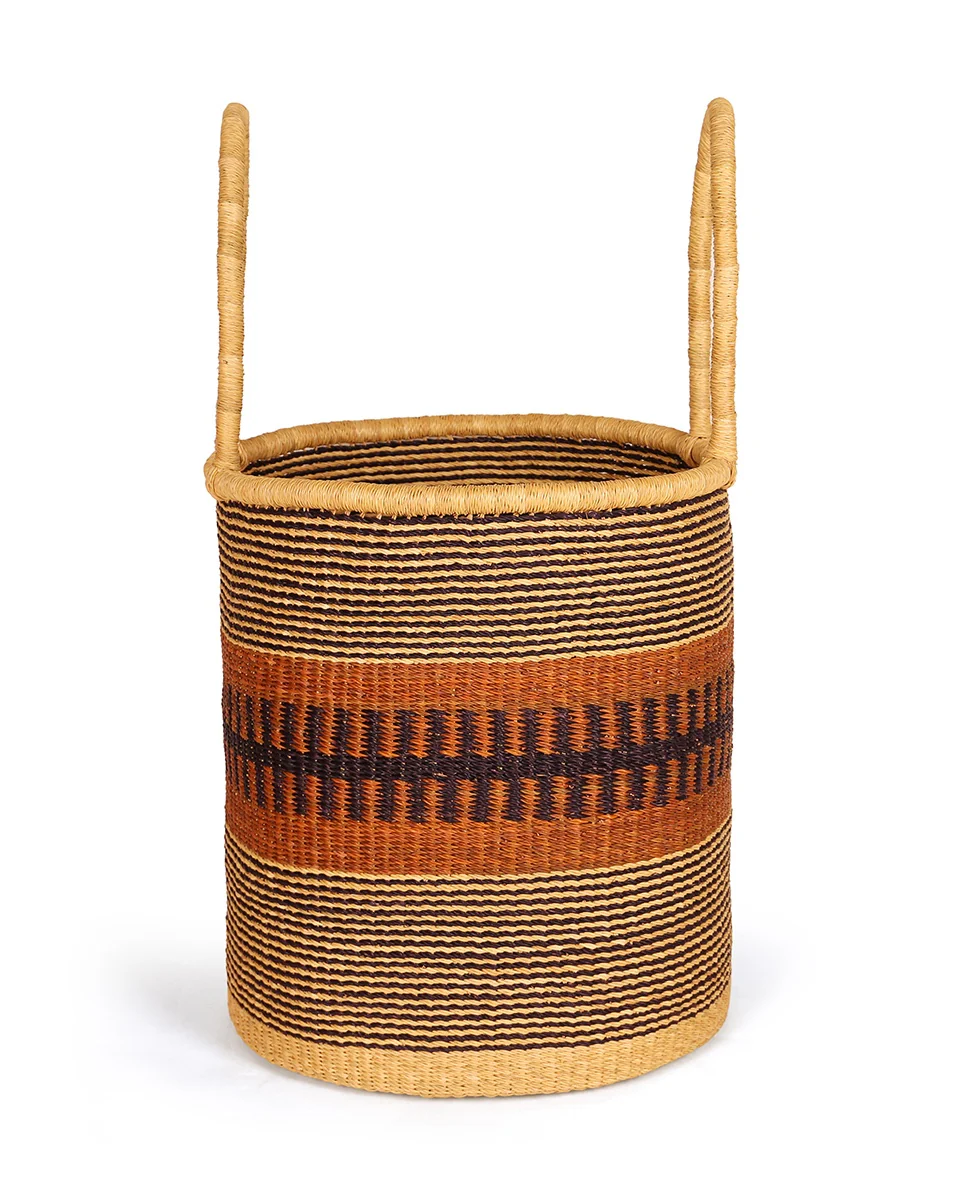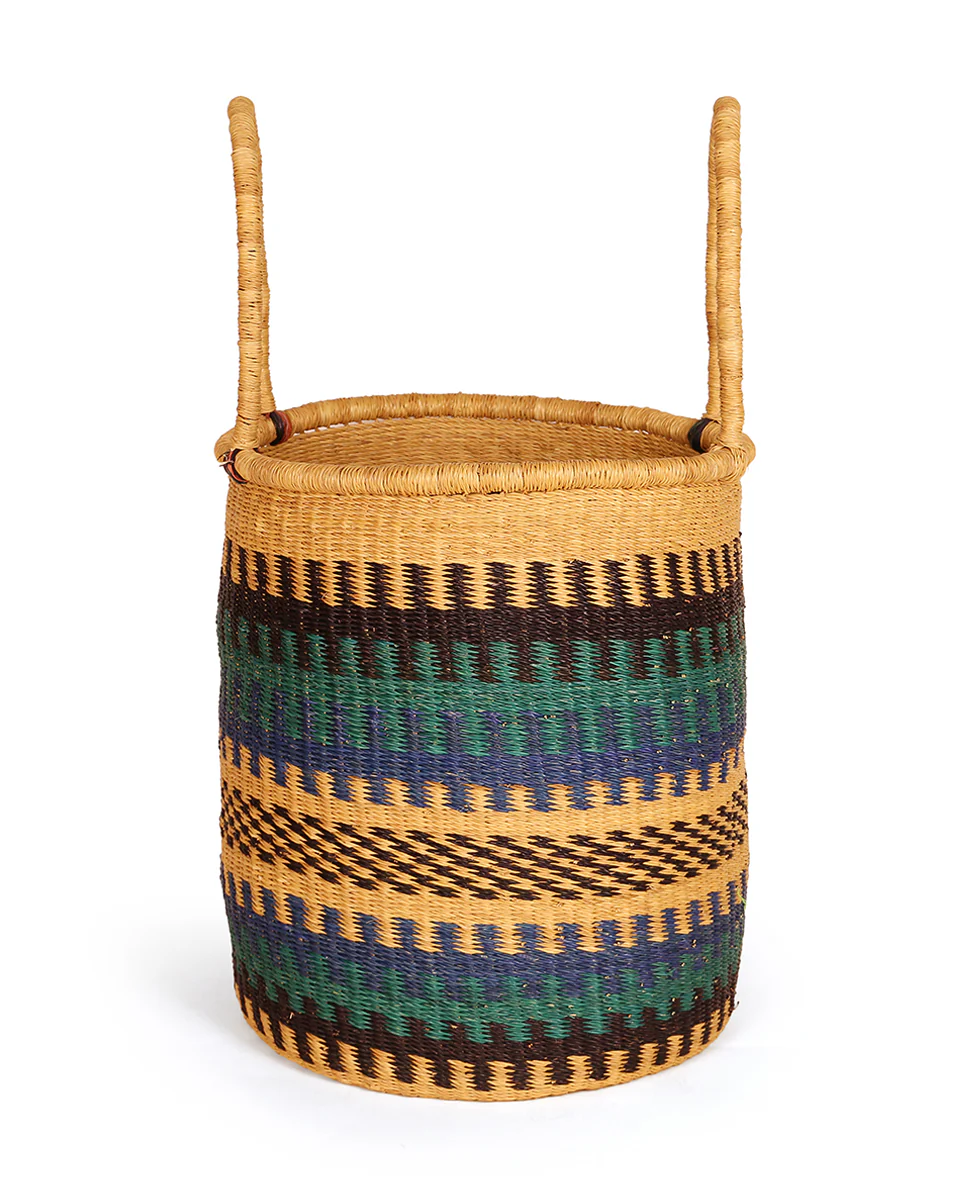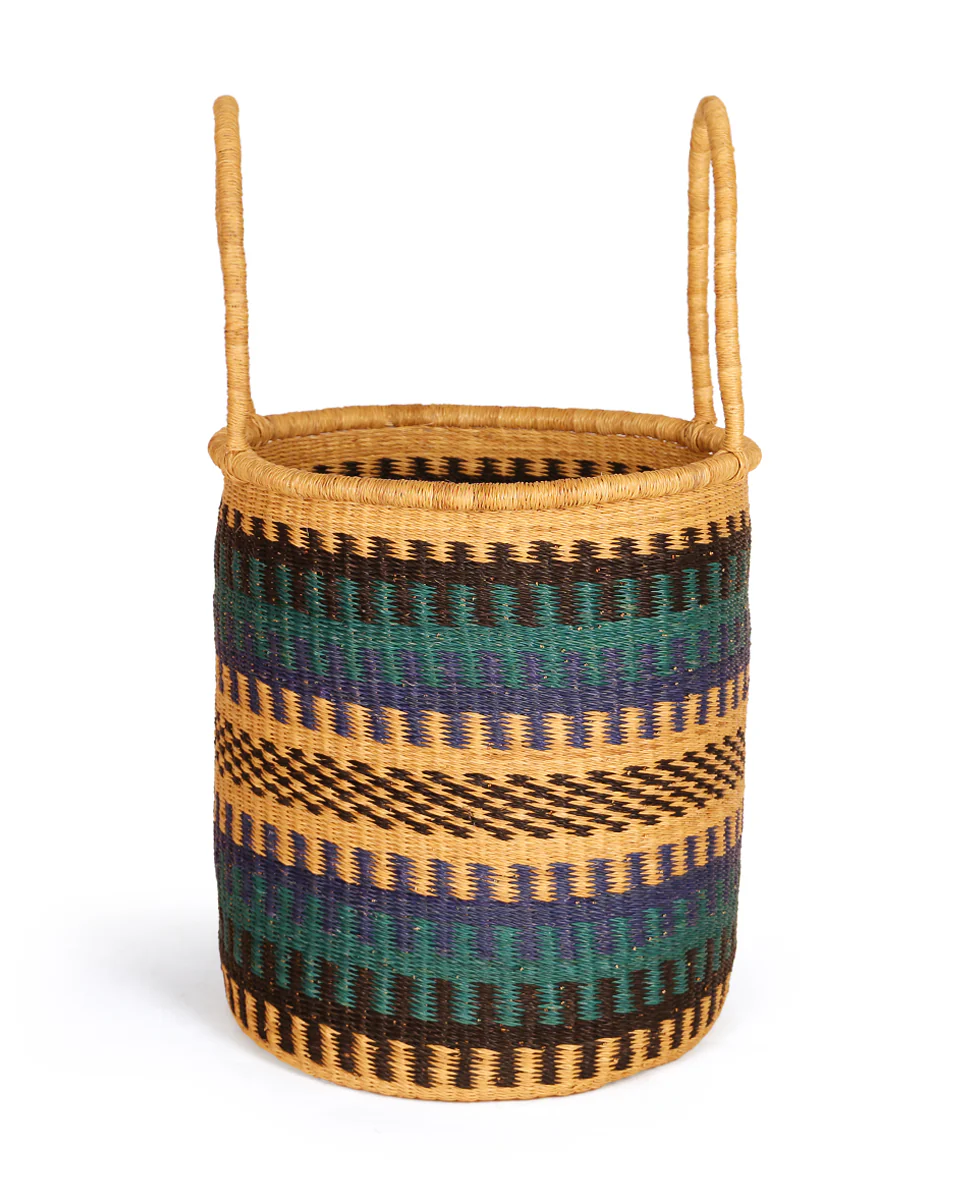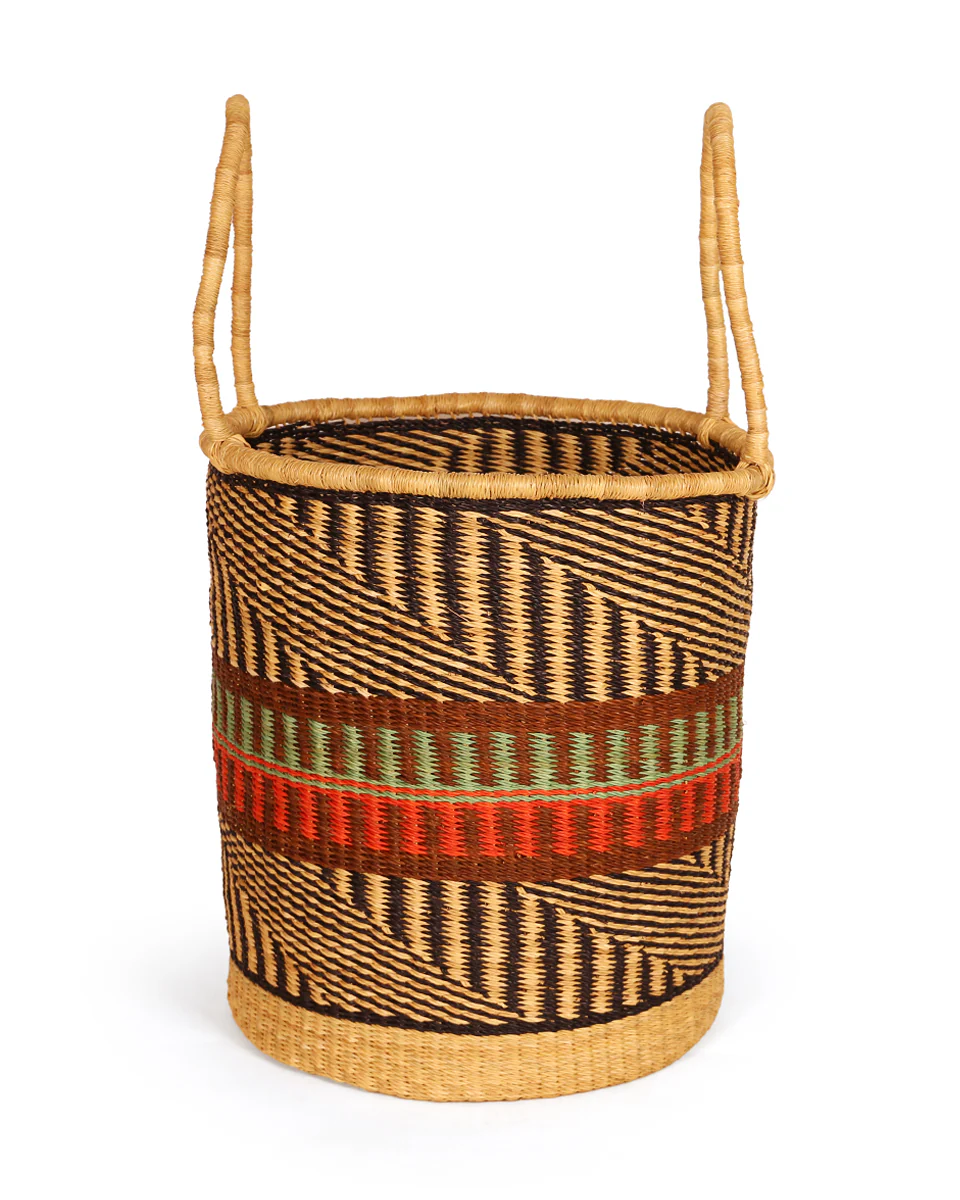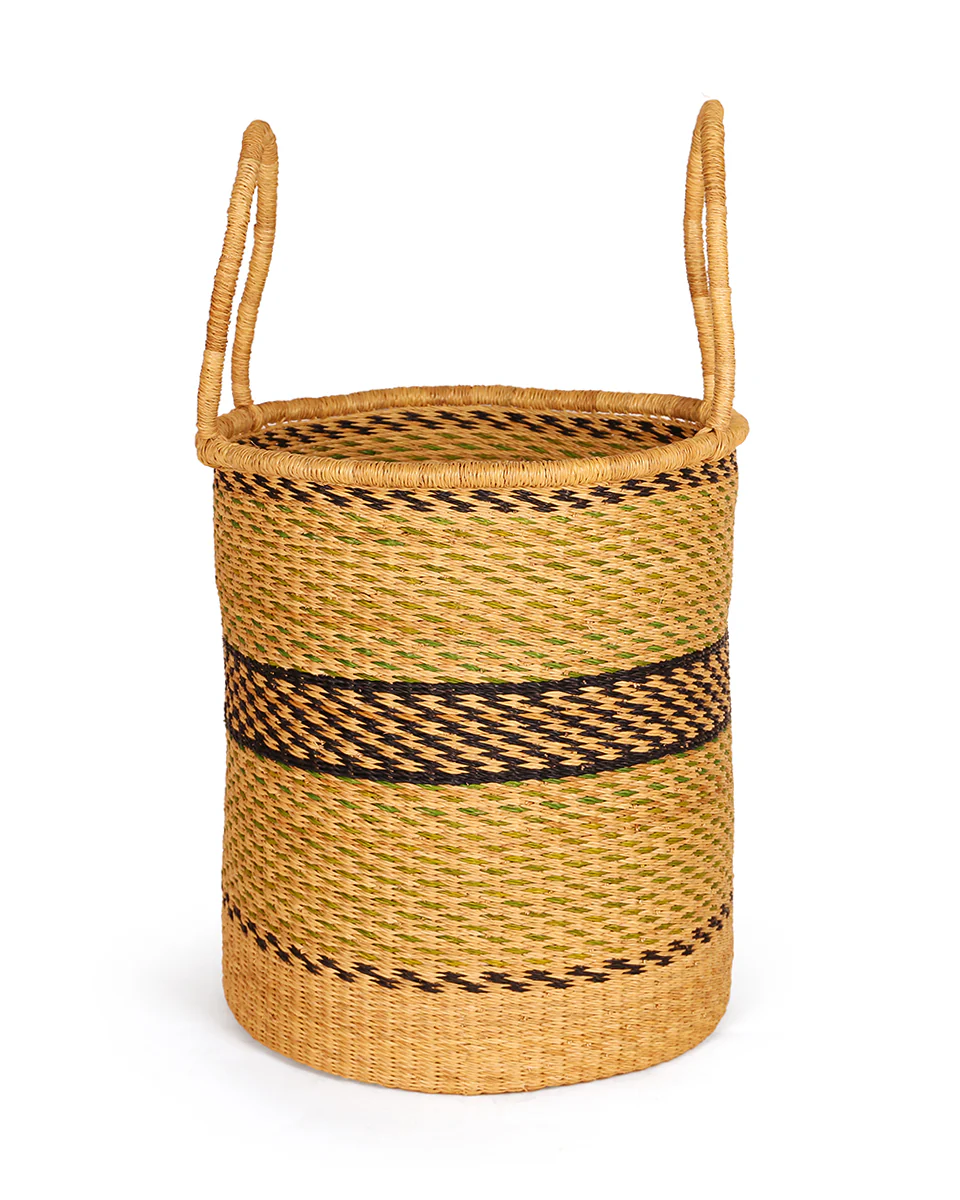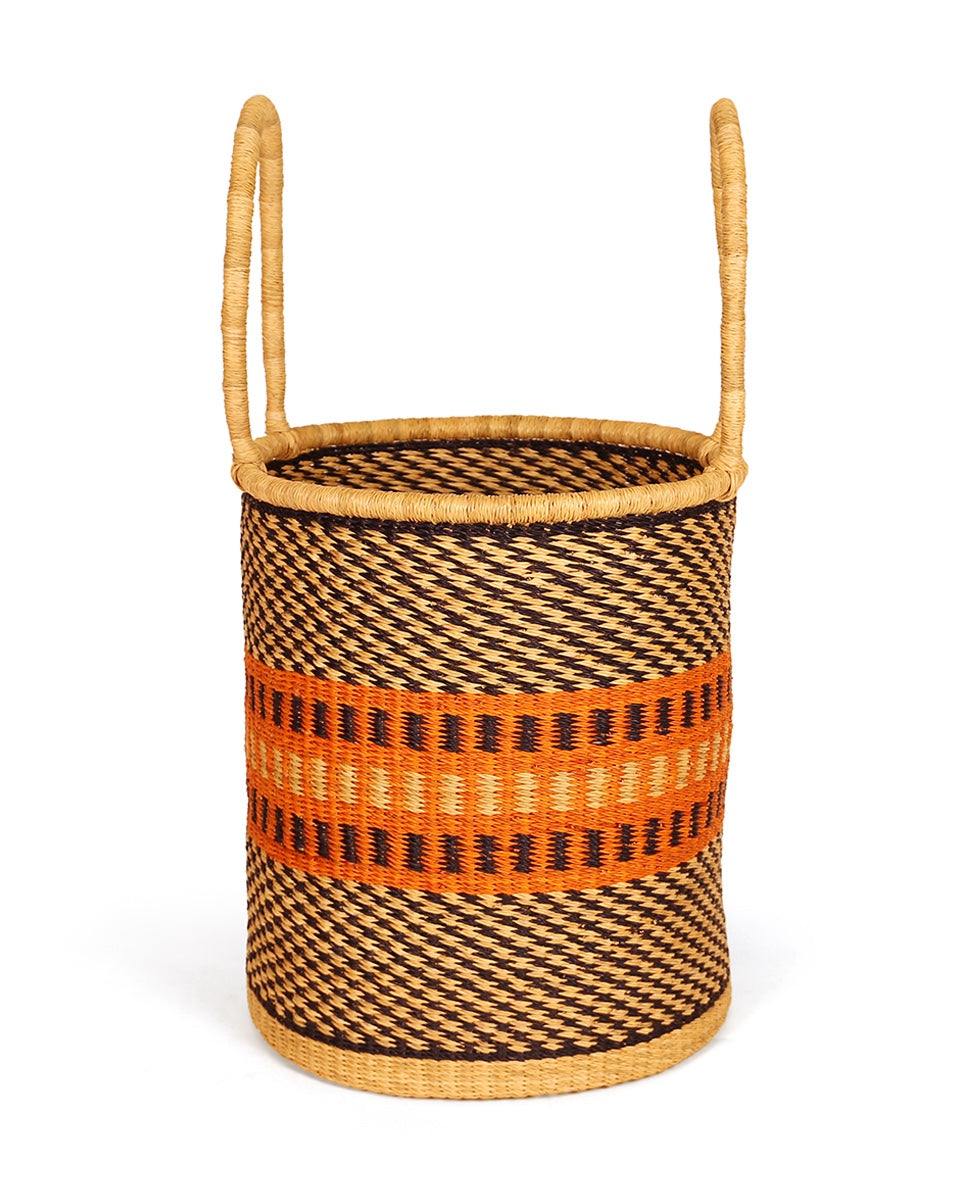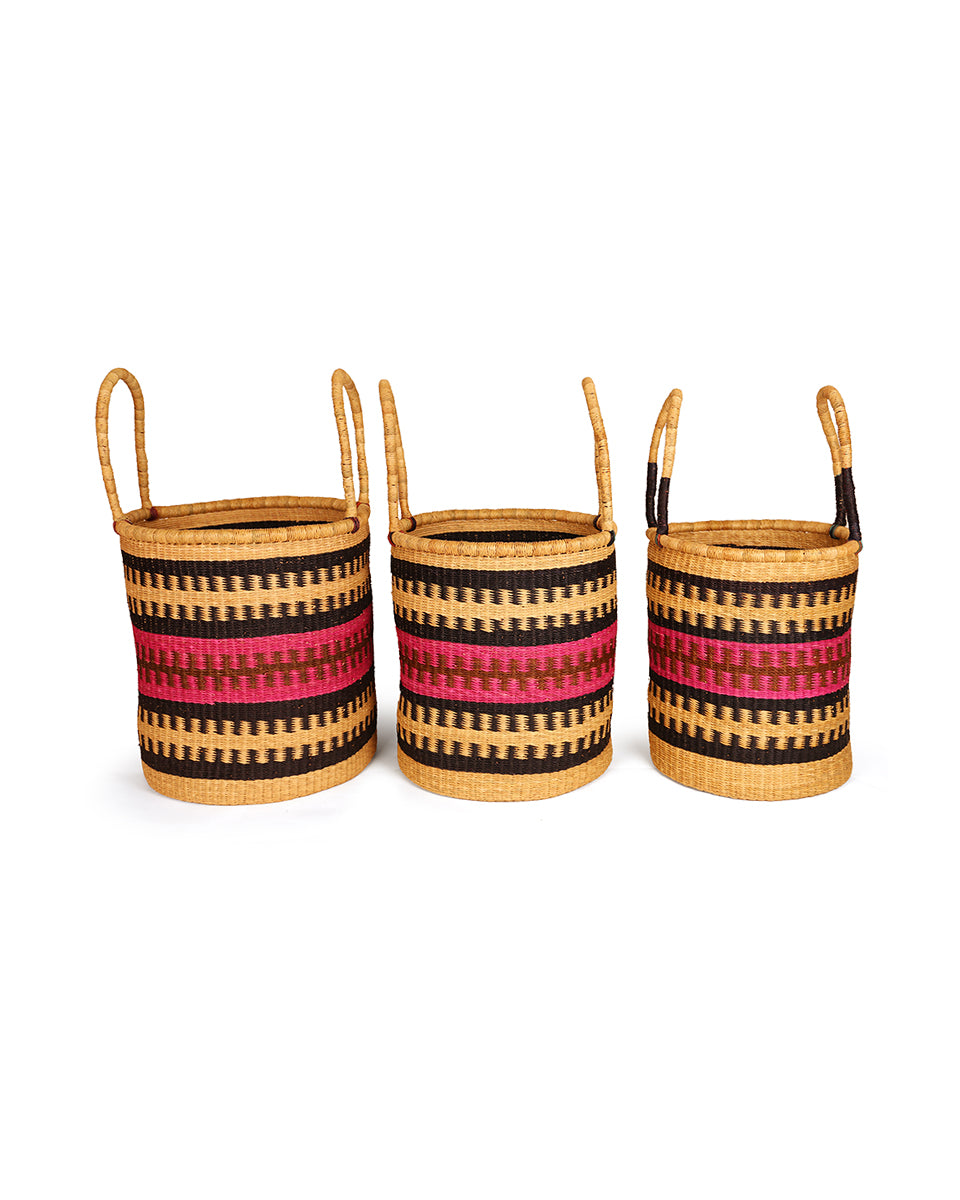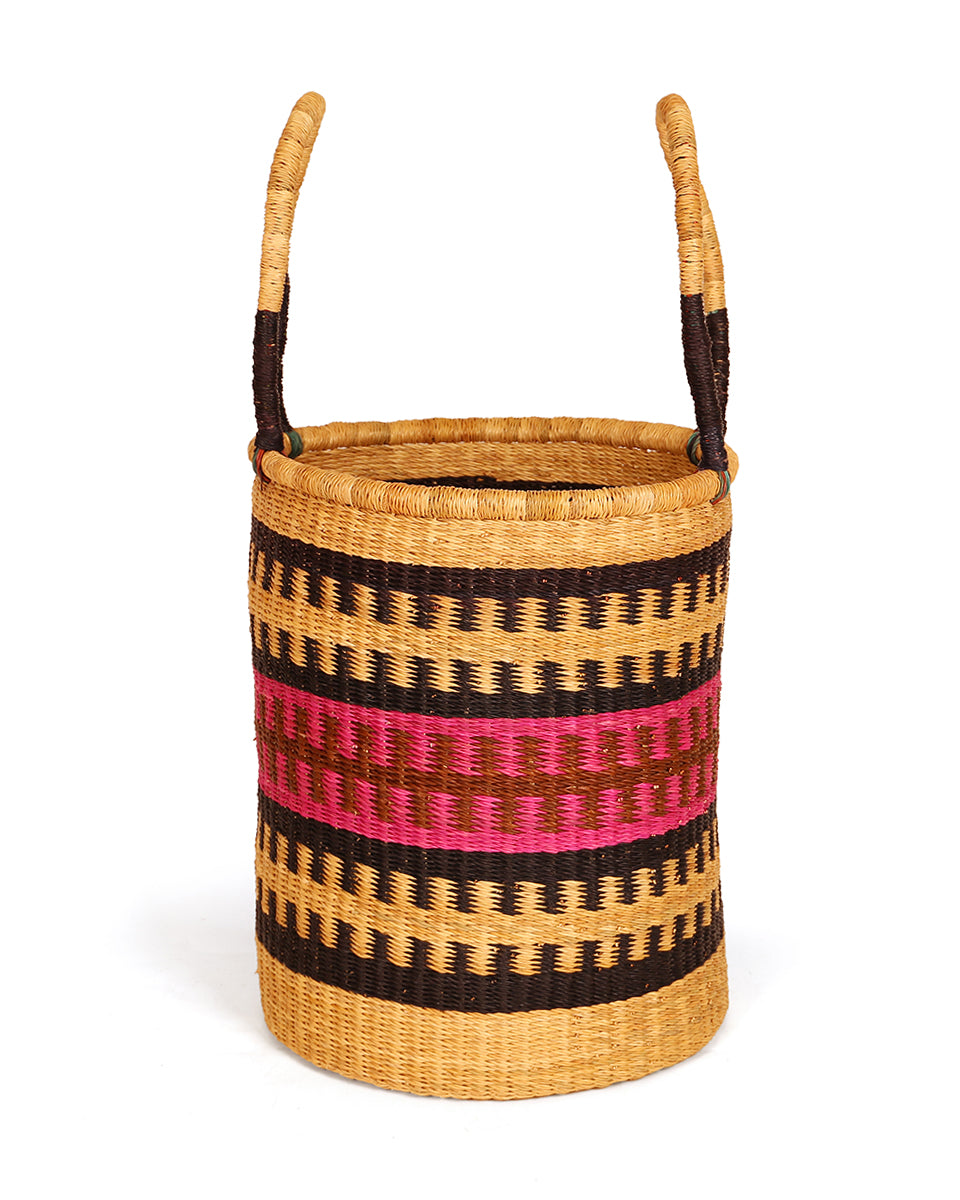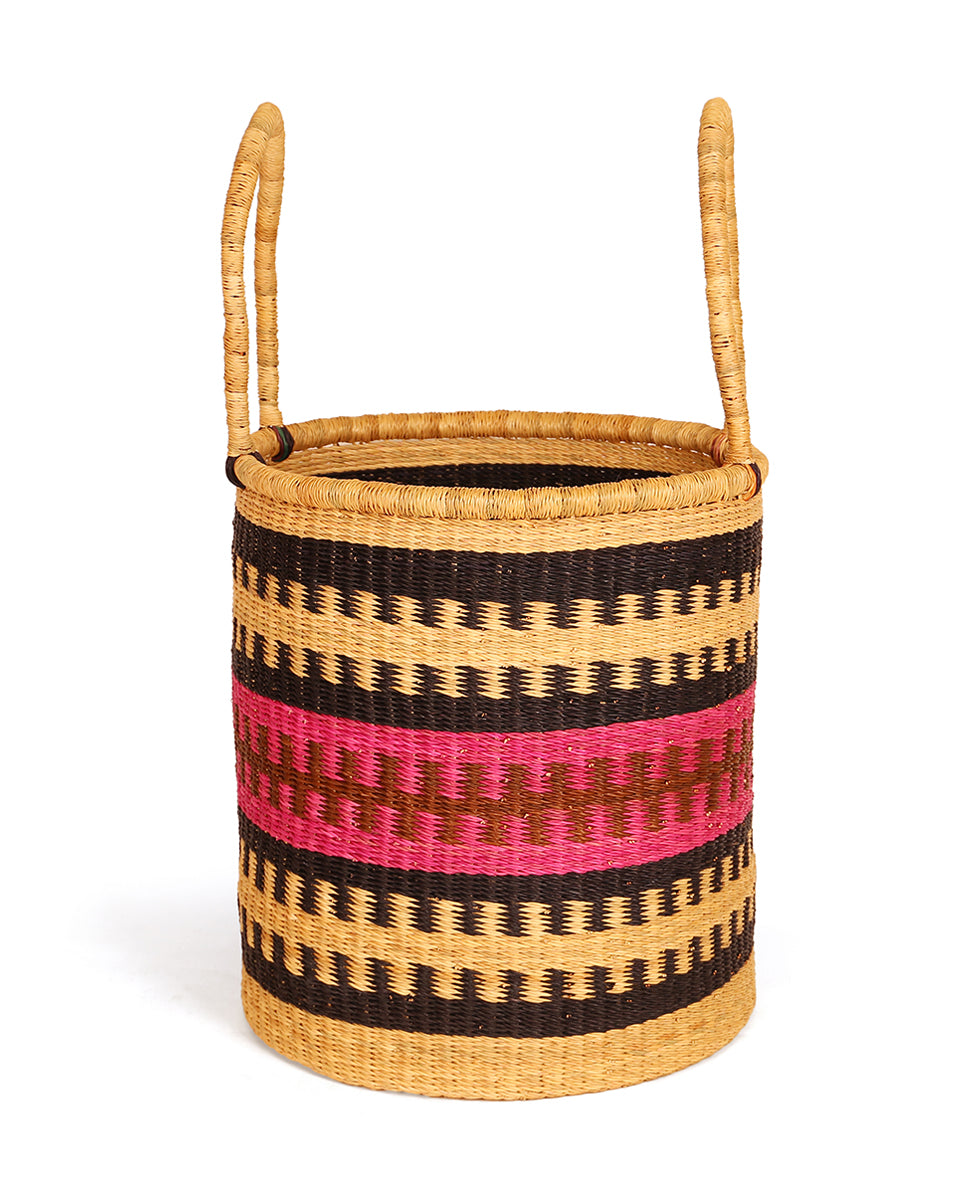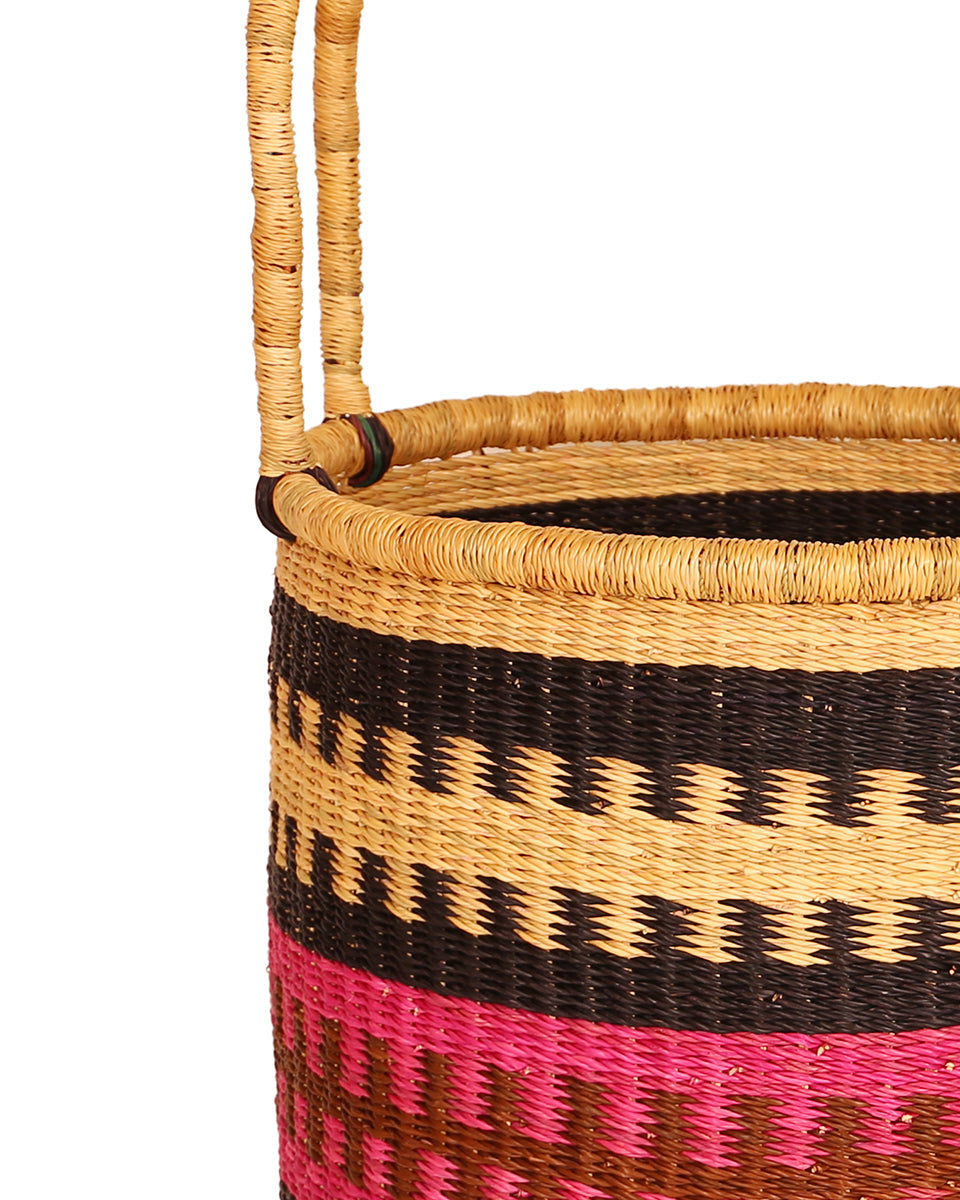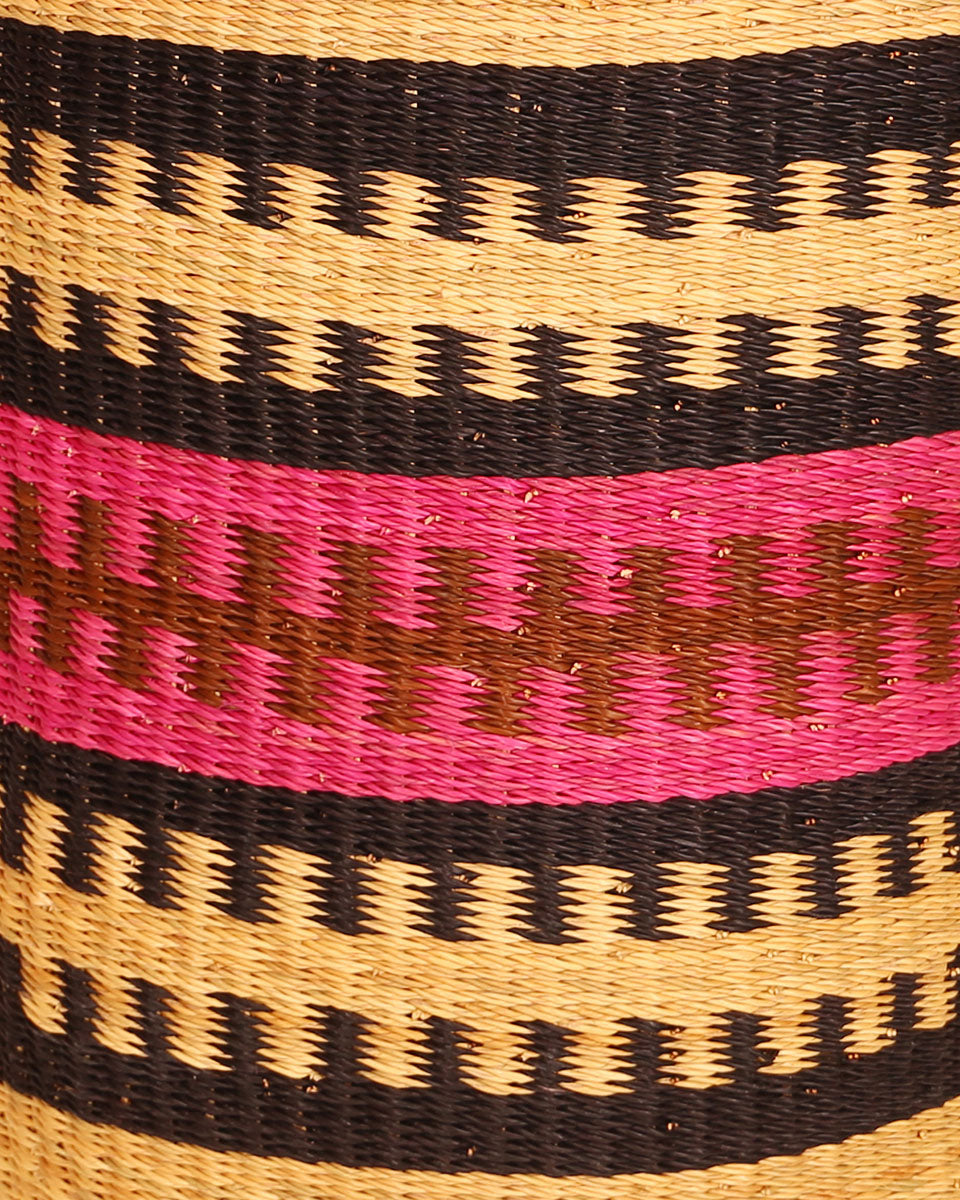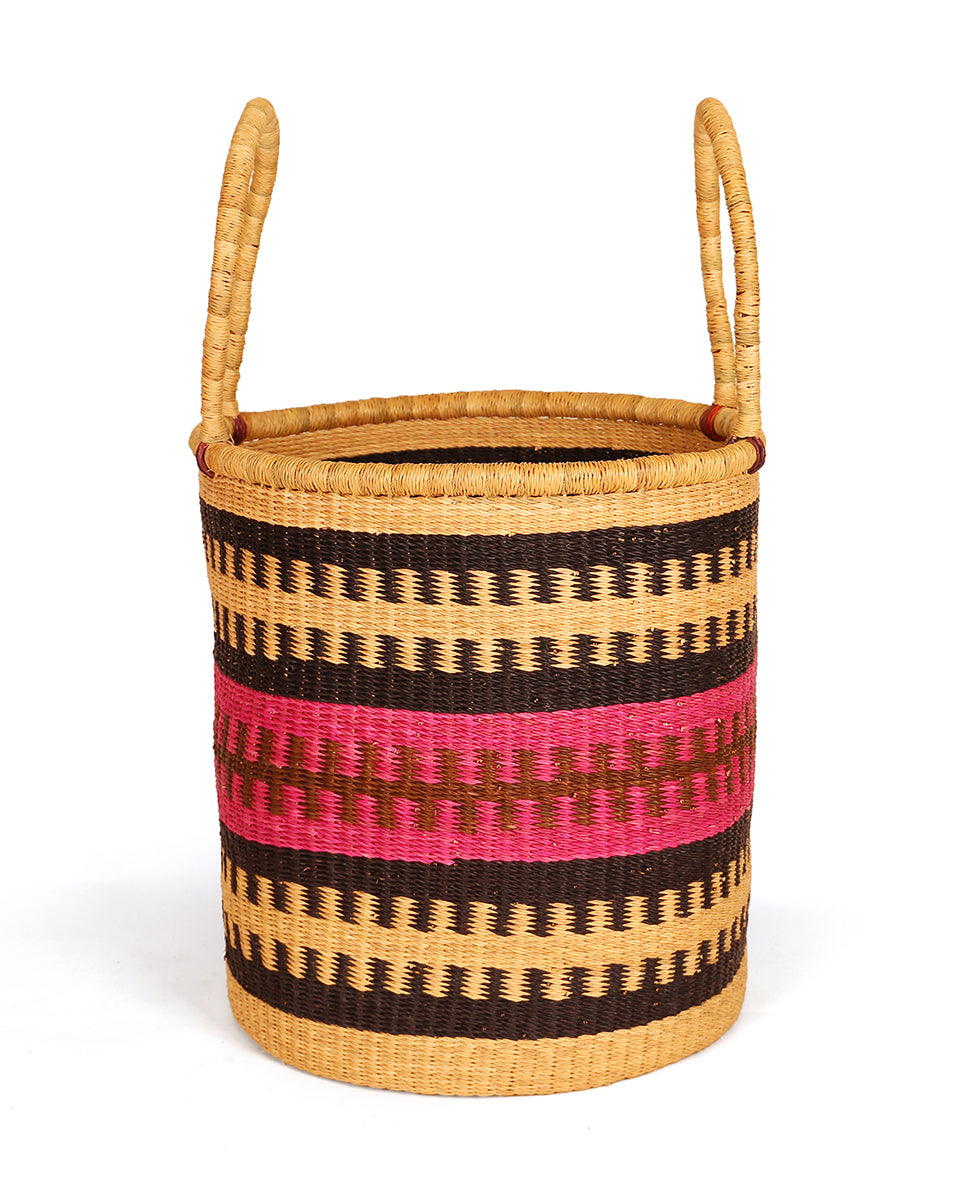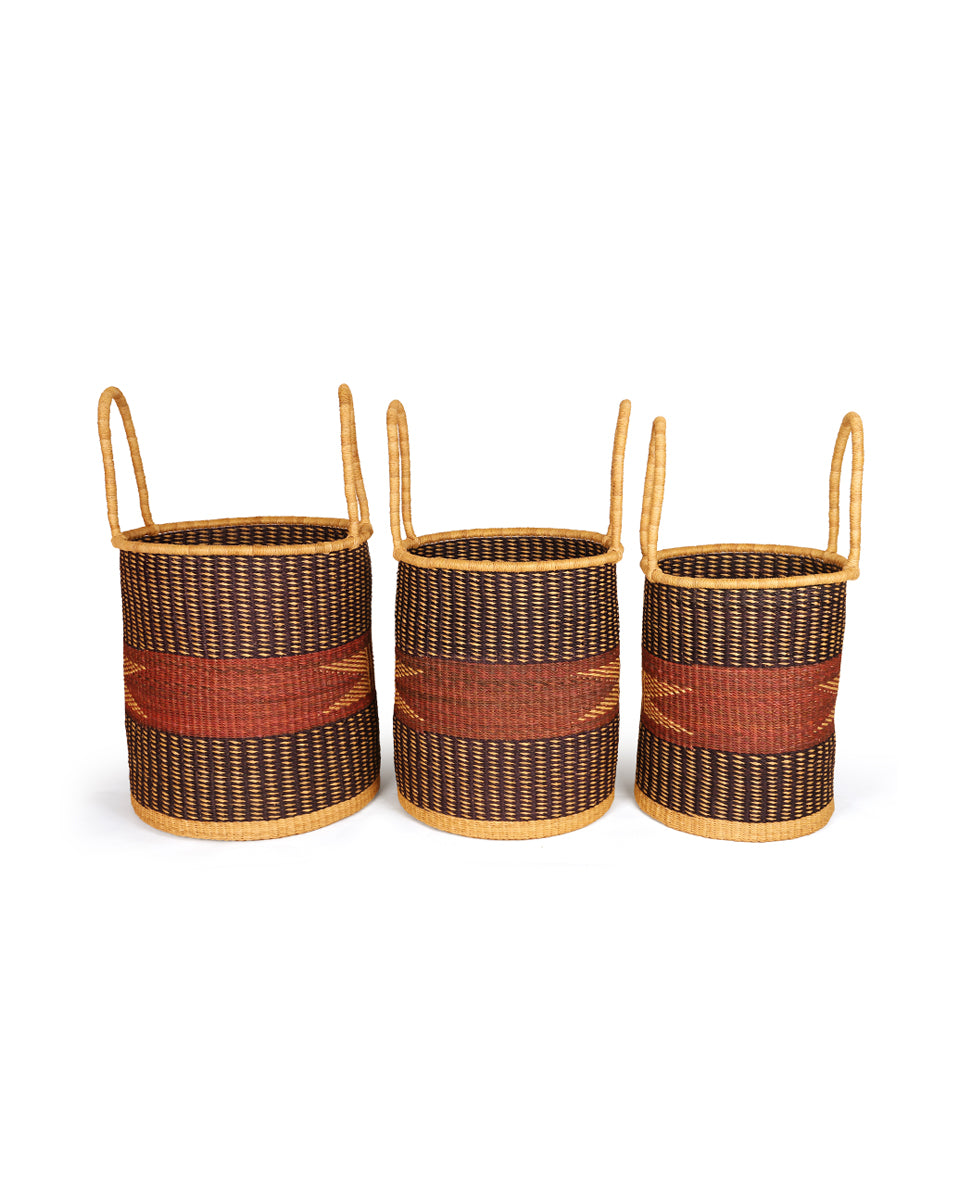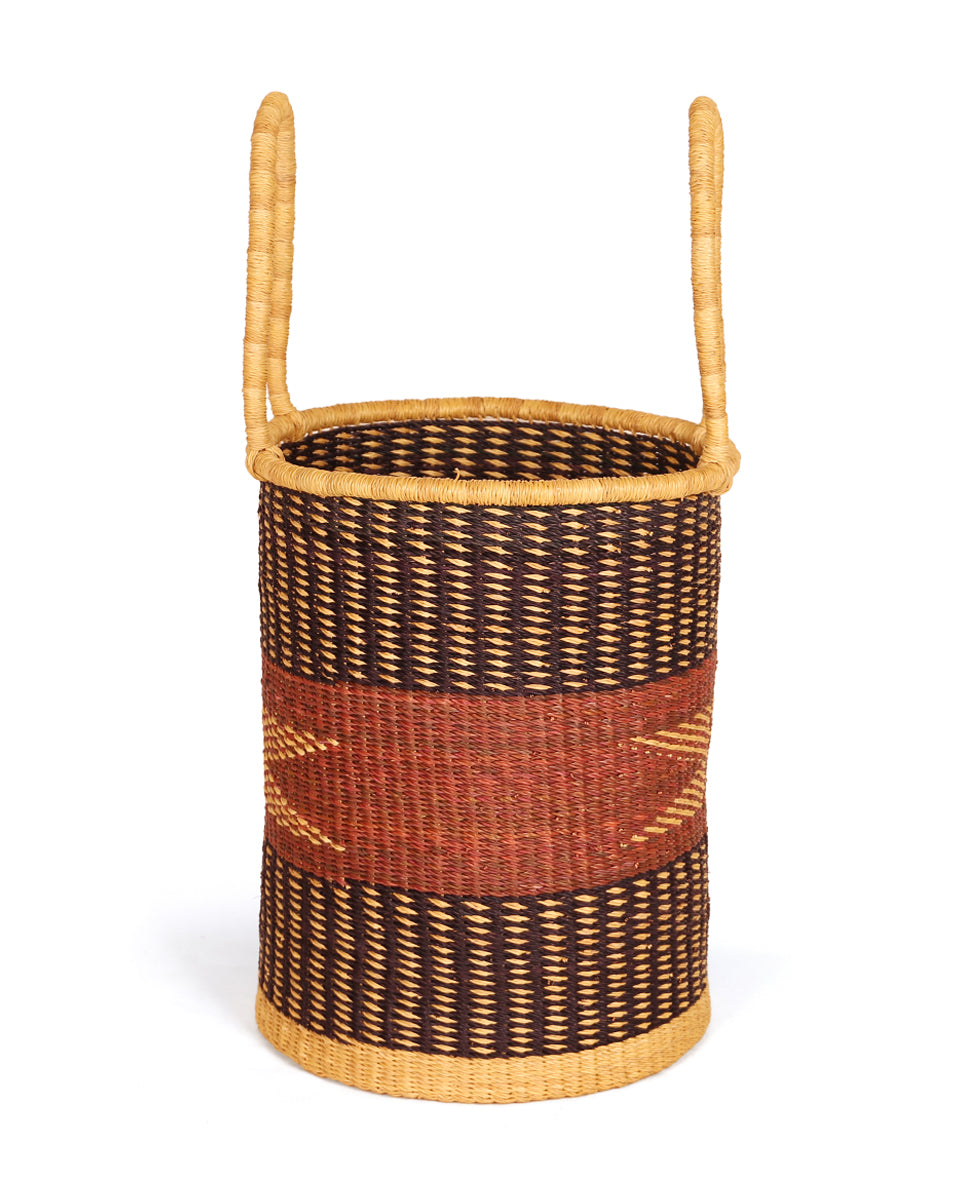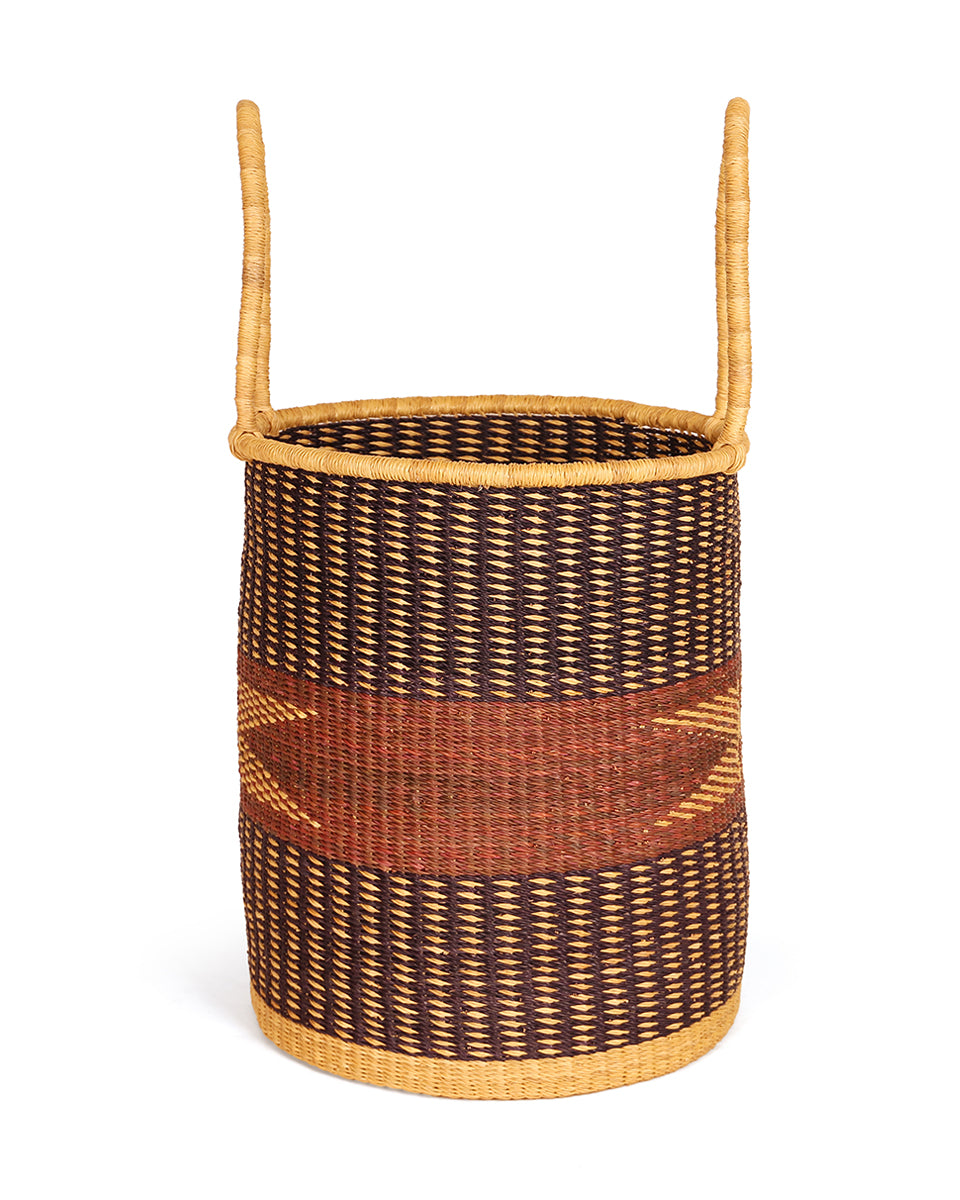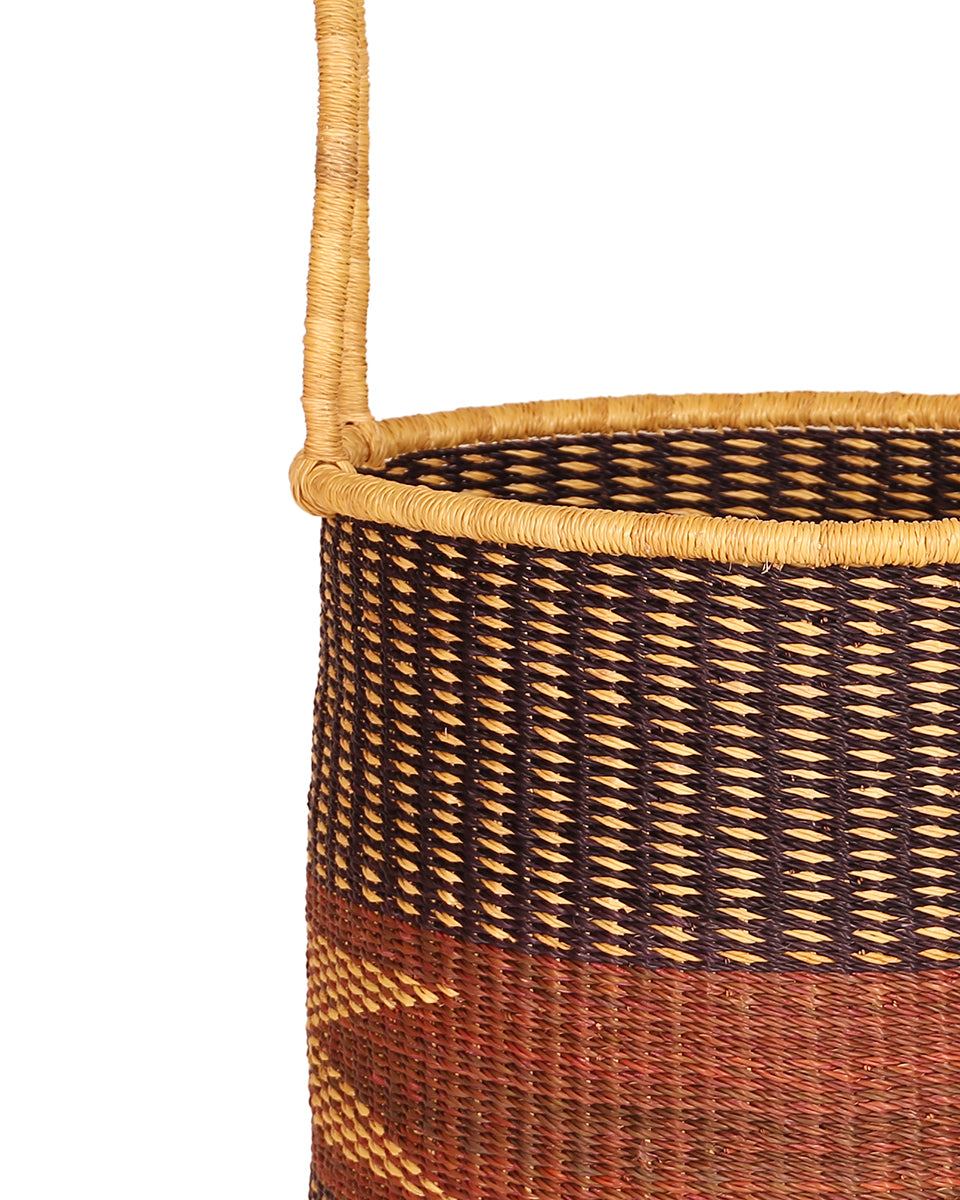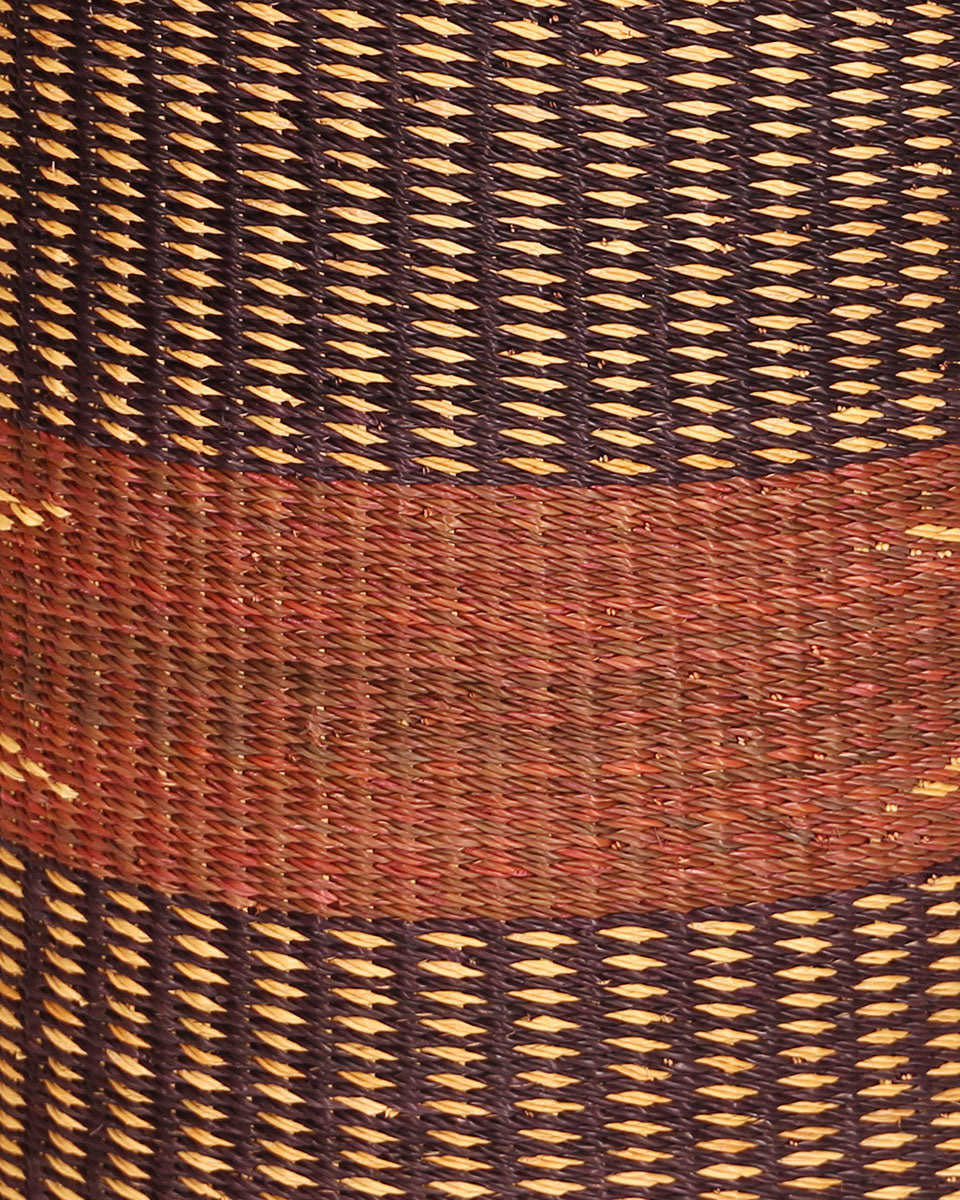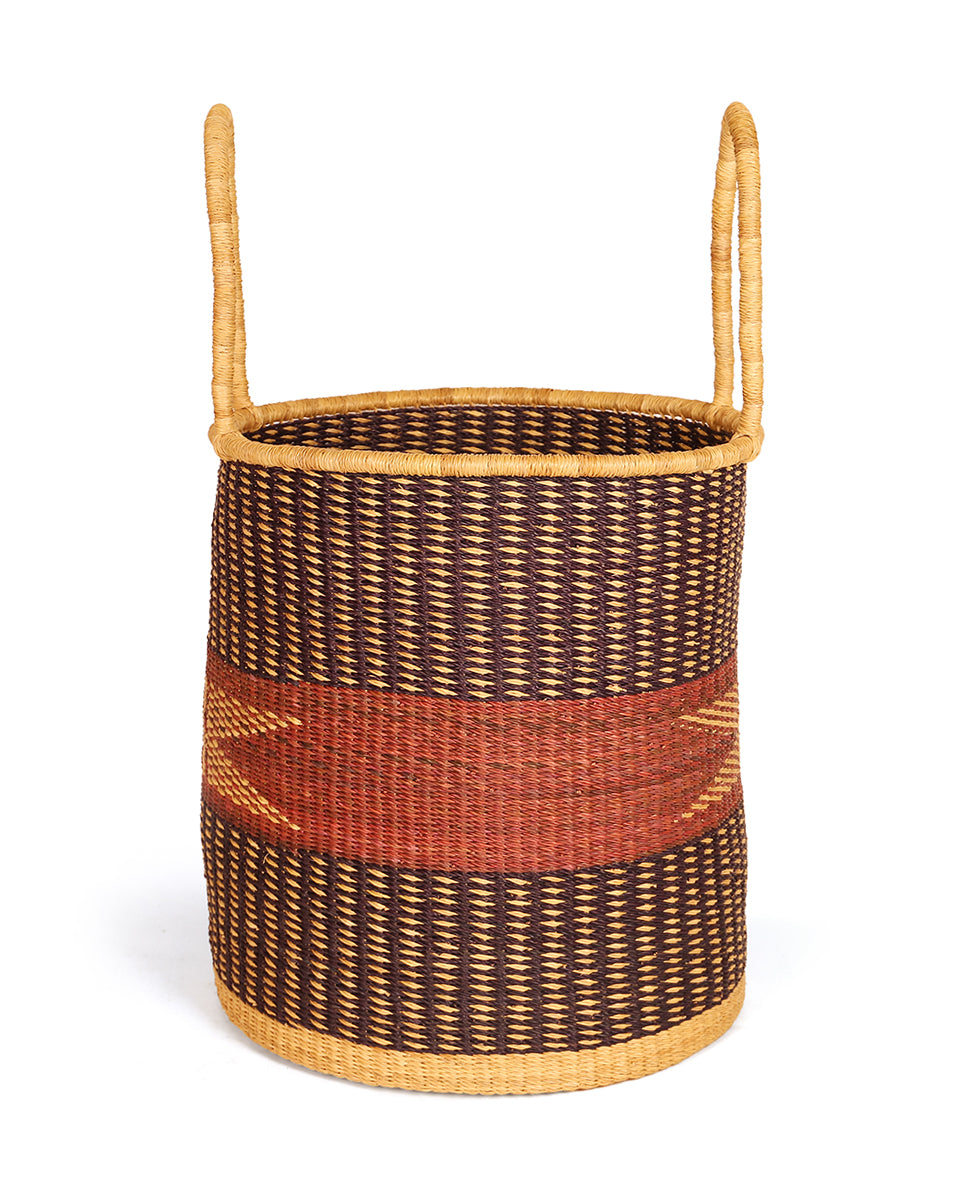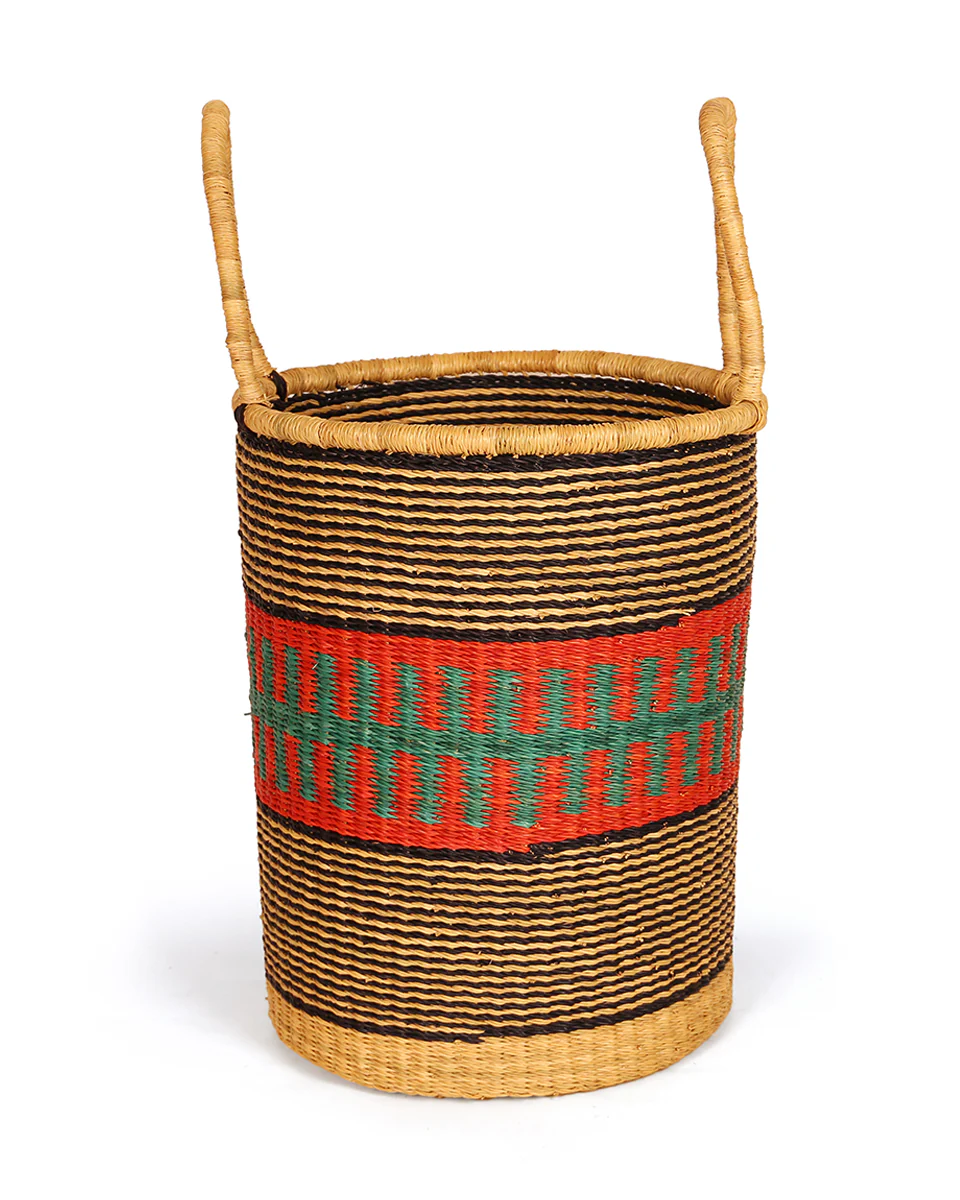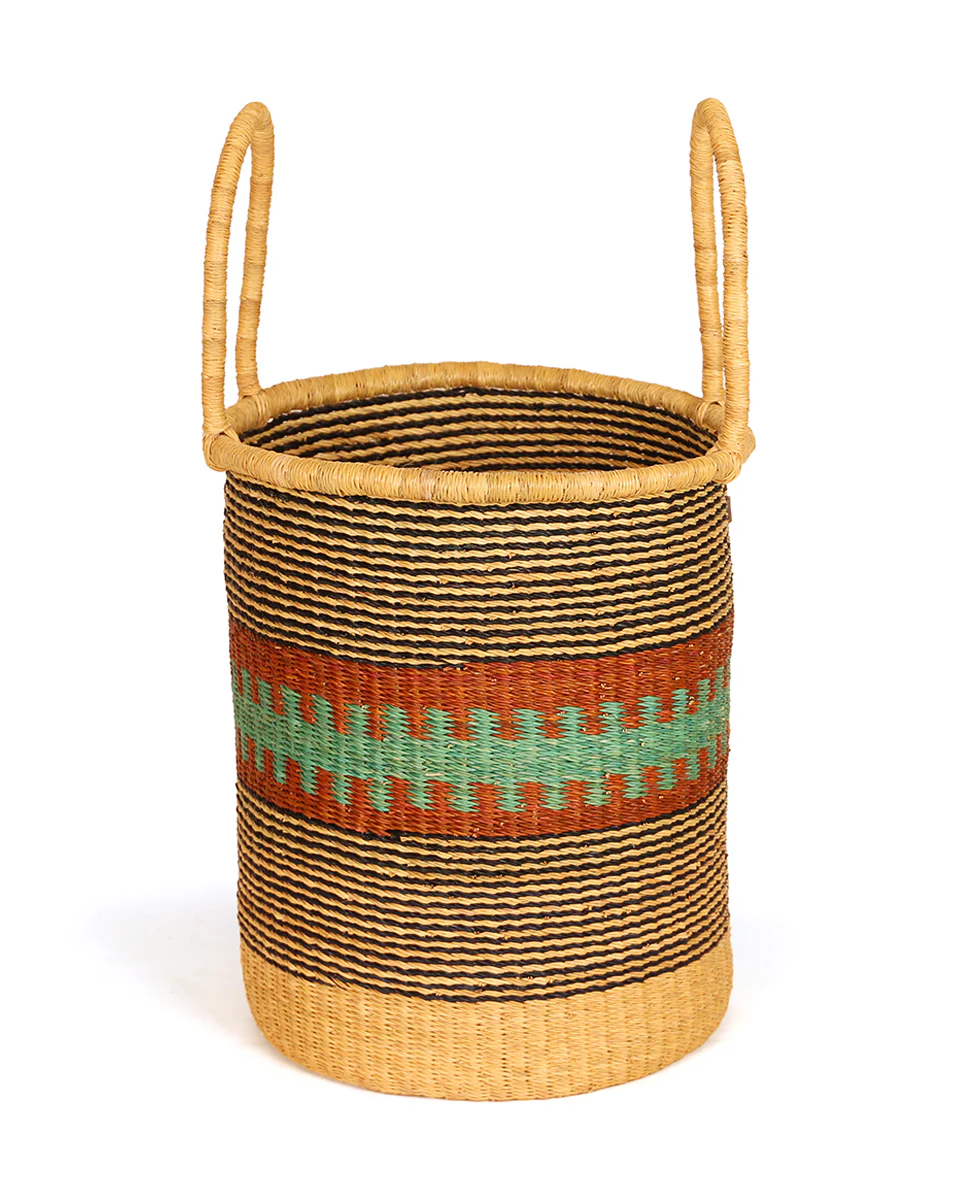
Mid-century interior style has quite the cult following these days – and with good reason! It’s a retro trend that’s compatible with virtually every type of home, from contemporary apartments to period houses. This interior trend first came about with the 1950s shift towards convenience: open plan living, Formica surfaces, and the influx of electrical appliances.
“Born from a spirit of post-war optimism, the movement evolved organically against a backdrop of cultural change as designers sought to deconstruct conventions and reinvent architecture, interiors and furniture for changing lifestyles and a consumer age.” - Real Homes
With a strong focus on repurposing retro pieces (from fabrics to furniture) it’s no wonder that this trend has stuck around for the long haul. And in our age of economic (political, environmental, social…) uncertainty, we’re all for interiors philosophies that bring optimism and a dash practicality to our lives.
Here are some tips on how to bring a bit of mid-century maximalism to your home.
SLIMLINE FURNITURE

Image credit: @erica_davies
The simple lines and pure design of Ercol furniture gives it a timeless appeal, so it’ll fit in with both modern and more traditional settings. Chairs are stripped of upholstery for space-saving and streamlining, yet they also serve as sculptural, iconic pieces in their own right. This is a trend that’s as much about comfort as
quality, so add scatter cushions to your seating in bold, futuristic prints and bright colours. Mid-century craftsmanship stands the test of time, so there’s plenty of the original stuff still about. Trawl eBay for Ercol chairs, love seats and coffee tables, or check your grandparents’ homes and car boot sales for all of the above.
PRACTICAL STORAGE

Image credit: @_laurenkinney_
Good news for IKEA fans – modular storage is another hallmark of mid-century style, because it’s multifunctional and, aesthetically, simple and modern. Bring maximalism to the mid-century style by filling those KALLAX cubes with ethical, handwoven storage baskets, interspersed with the odd colourful planter or sentimental artefact (a vintage globe, a framed abstract print, a stack of beloved crockery – whatever makes your heart soar!)
Peter Erlandsson - director of interiors brand String - says we should “treat shelves
like canvases and create works of art on top of them with styled ‘clutter’. Not only is it fun to create your own, organic and changing art work from your own knick-knacks, but it is a great way to regain floor space.”
NATURAL MATERIALS

Image credit: @othertimesvintage
The mid-twentieth century saw the invention of modern materials like laminate and Formica, but durable hardwoods like teak, cherry wood, maple and beech retained popularity alongside these new-fangled, ‘housewife-friendly’ inventions. Natural materials like sisal and banana leaf fibres will add texture to the somewhat sparse feel of pure mid-century style; decorate a feature wall in your dining area with a
collection of woven platters, or just one statement basket. Stylish and functional, they can be plucked off the wall and filled with bread or fruit as and when the occasion arises. The wall they’re hung on is a simple and practical storage solution!
GREENERY

Image credit: The Basket Room
Pops of colour are central to mid-century style as well as to the maximalism trend, so cultivate an indoor jungle and fill woven baskets with bright succulents, flowering cacti and glossy green creepers – what better way to cultivate a sense of optimism in your home? Make a feature of one large indoor plant in your main living space, and home it in a brightly coloured, striped woven planter. These larger baskets can be easily repurposed around the home as and when necessary, all in the spirit of sustainable style.
Shop the collection here.






